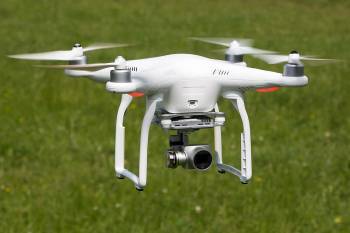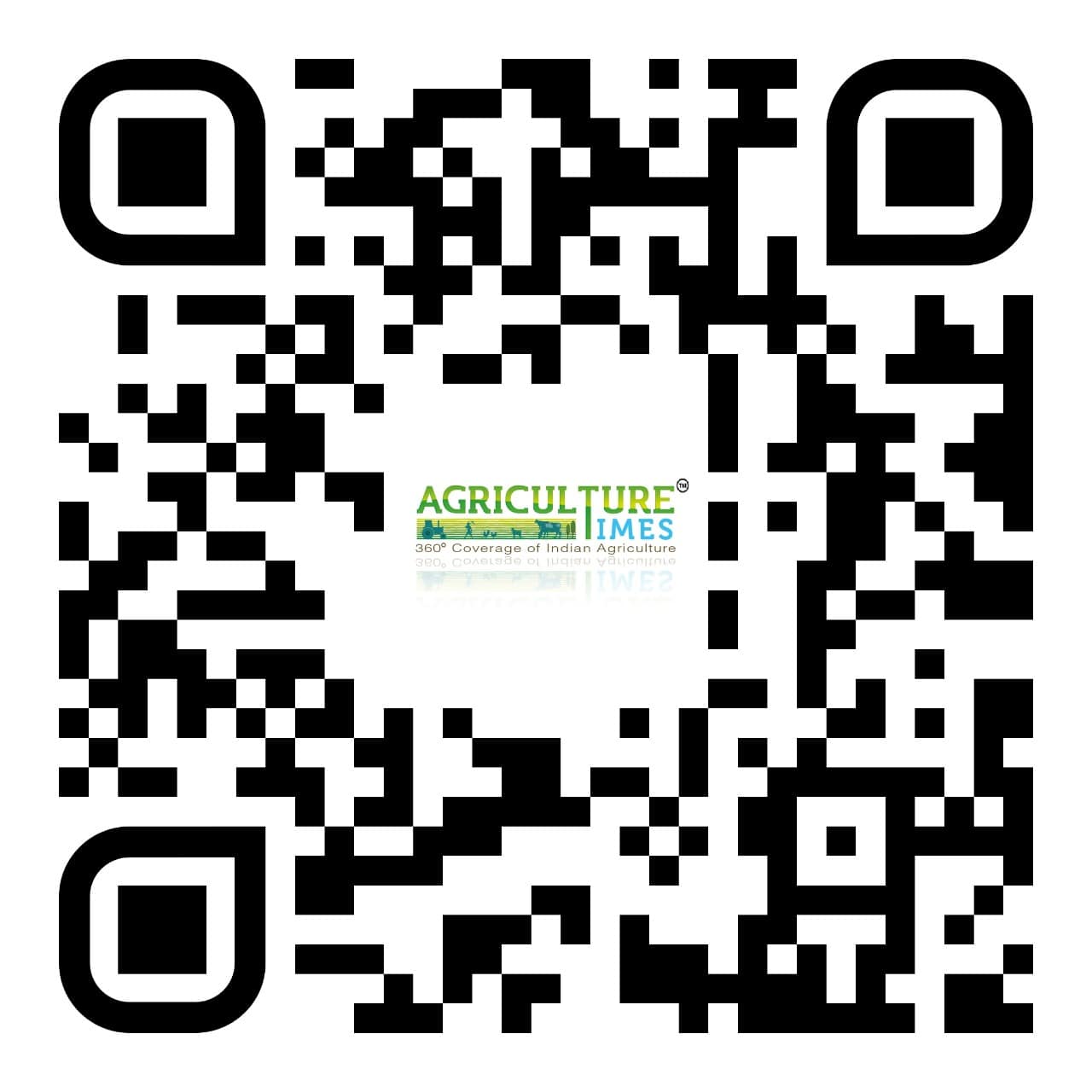NEW DELHI, 27 August 2021: In March 2021, the Ministry of Civil Aviation (MoCA) published the UAS Rules, 2021. They were perceived by academia, Startups, end-users and other stakeholders as being restrictive in nature as they involved considerable paperwork, required permissions for every drone flight and very few “free to fly” green zones were available. Based on the feedback, the Government has decided to repeal the UAS Rules, 2021 and replace the same with the liberalised Drone Rules, 2021.
Unmanned Aircraft Systems (UAS), commonly known as drones, offer tremendous benefits to almost all sectors of the economy like – agriculture, mining, infrastructure, surveillance, emergency response, transportation, geo-spatial mapping, defence, and law enforcement etc.
Drones can be significant creators of employment and economic growth due to their reach, versatility, and ease of use, especially in India’s remote and inaccessible areas. In view of its traditional strengths in innovation, information technology, frugal engineering and huge domestic demand, India has the potential to be a global drone hub by 2030.
30 key features of Drone Rules 2021
Built on a premise of trust, self-certification and non-intrusive monitoring.
Designed to usher in an era of super-normal growth while balancing safety and security considerations.
Several approvals were abolished: unique authorisation number, unique prototype identification number, certificate of manufacturing and airworthiness, certificate of conformance, certificate of maintenance, import clearance, acceptance of existing drones, operator permits, authorisation of R&D organisation, student remote pilot licence, remote pilot instructor authorisation, drone port authorisation etc.
The number of forms was reduced from 25 to 5.
Types of fees reduced from 72 to 4.
Quantum of fee reduced to nominal levels and delinked with a size of the drone. For instance, the fee for a remote pilot license fee has been reduced from INR 3000 (for large drones) to INR 100 for all categories of drones; and is valid for 10 years.
The digital sky platform shall be developed as a user-friendly single-window system. There will be minimal human interface and most permissions will be self-generated.
Interactive airspace map with green, yellow and red zones shall be displayed on the digital sky platform within 30 days of publication of these rules.
No permission is required for operating drones in green zones. Green zone means the airspace up to a vertical distance of 400 feet or 120 metres that has not been designated as a red zone or yellow zone in the airspace map; and the airspace up to a vertical distance of 200 feet or 60 metres above the area located between a lateral distance of 8 and 12 kilometres from the perimeter of an operational airport.
The yellow zone was reduced from 45 km to 12 km from the airport perimeter.
No remote pilot licence is required for micro drones (for non-commercial use) and nano drones.
No requirement for security clearance before issuance of any registration or licence.
No requirement of Type Certificate, unique identification number and remote pilot licence by R&D entities operating drones in own or rented premises, located in a green zone.
No restriction on foreign ownership in Indian drone companies.
Import of drones to be regulated by DGFT.
Requirement of import clearance from DGCA abolished.
Coverage of drones under Drone Rules, 2021 increased from 300 kg to 500 kg. This will cover drone taxis also.
DGCA shall prescribe drone training requirements, oversee drone schools and provide pilot licences online.
Remote pilot licence to be issued by DGCA within 15 days of the pilot receiving the remote pilot certificate from the authorised drone school through the digital sky platform.
Testing of drones for issuance of Type Certificate to be carried out by Quality Council of India or authorised testing entities.
Type Certificate required only when a drone is to be operated in India. Importing and manufacturing drones purely for exports are exempt from type certification and unique identification numbers.
Nano and model drones (made for research or recreation purposes) are exempt from type certification.
Manufacturers and importers may generate their drones’ unique identification number on the digital sky platform through the self-certification route.
The easier process specified for transfer and deregistration of drones through the digital sky platform.
Drones present in India on or before 30 Nov 2021 will be issued a unique identification number through the digital sky platform provided, they have a DAN, a GST-paid invoice and are part of the list of DGCA-approved drones.
Standard operating procedures (SOP) and training procedure manuals (TPM) will be prescribed by DGCA on the digital sky platform for self-monitoring by users. No approvals are required unless there is a significant departure from the prescribed procedures.
The maximum penalty for violations is reduced to INR 1 lakh.
Safety and security features like ‘No permission – no takeoff’ (NPNT), real-time tracking beacon, geo-fencing etc. to be notified in future. A six-month lead time will be provided to the industry for compliance.
Drone corridors will be developed for cargo deliveries.
Drone promotion council to be set up by Government with participation from academia, startups and other stakeholders to facilitate a growth-oriented regulatory regime.
Image credit: fruitgrowersnews.com




















